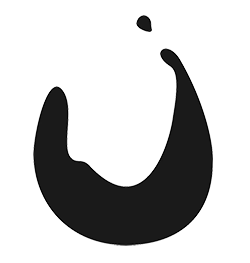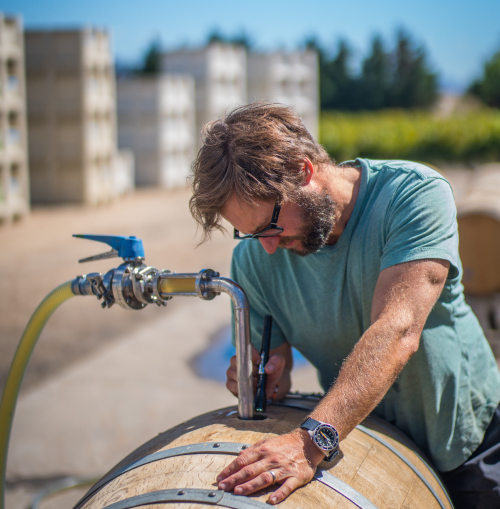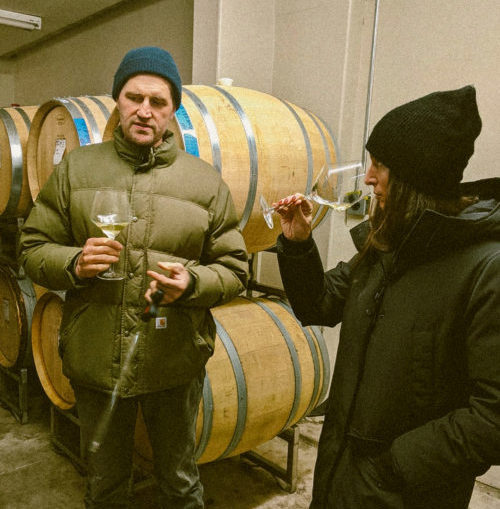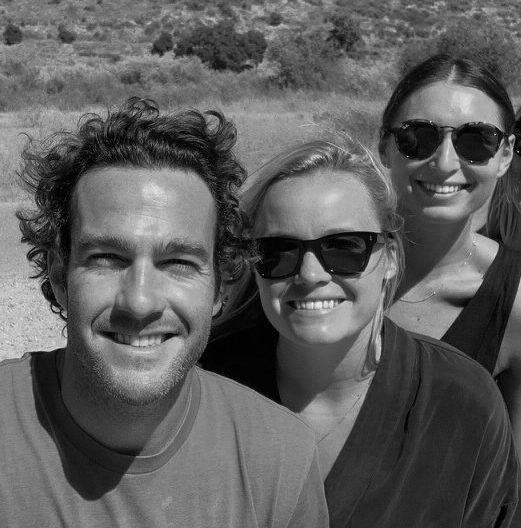Shop White Wines
White wine is crafted from green or yellow grapes, where the grape skins are separated from the juice before fermentation. White wines can range from crisp and light to rich and full-bodied. Chardonnay, Sauvignon Blanc, and Pinot Grigio / Pinot Gris are some of the most popular varietals. Beyond grape variety, other factors such as the wine region can affect the flavor and character of white wines. Chablis, for example, is made exclusively from Chardonnay grapes, yet the unique soil of the Chablis wine region lends a crisp minerality and high acidity that isn't found in all Chardonnays.
Choose yourstyle
Filters
-
$35.00
For over 5 centuries, the Ruffino family has nurtured these vines that cling to the cliffs above the Ligurian Sea. Nicknamed “The Yachtsman’s White,” Vermentino is beloved for its breezy salinity, citrus lift, and mouthwatering freshness. It’s a vivid expression of the Riviera—sun-soaked, sea-sprayed, and utterly transportive.
Organic farming practices, hand-harvested, family-owned and less than 2,000 cases produced annually.
-
$32.00
A wine with a light gold color, its liveliness reveals notes of citrus and peach with expressive fresh herbs and white flowers. The mouthfeel is generously textured and lends a tender, fruity palate with a spicy yet beautiful mineral finish. Aging is done in old French oak barrels to add a touch of roundness to soften the wine’s naturally striking acidity.
This version of Saint-Bris at Domaine Jean Collet follows suit with the Chablis range, characterized with an increased level of suppleness, compared to what is typically found with Saint-Bris wines.
Sustainable farming practices, hand-harvested, native yeast fermentation.
-
$27.00
This is Chablis as it should be: pure, mineral, and refreshingly complex. The half-bottle format makes it perfect for picnics, solo dinners, or as a crisp aperitif before a larger meal. It’s a snapshot of northern Burgundy terroir—refined deliciousness. Enjoy with sushi, sashimi, seafood pasta or goat cheese and crackers.
Organic farming practices, native yeast fermentation and less than 5,000 cases produced annually.
-
$30.00
Picture panoramic view of jagged peaks, the hush of pine forests below, and sunlight sparkling off the snow – this wine is cystalline pure and alpine-fresh because that is what it’s made of. It captures the high-altitude beauty of Austria’s Weinviertel, with royal pedigree to match. This wine comes from the princely estate of Liechtenstein itself, the royal family’s historic winery that was established in 1436! This is the first wine from Liechtenstein we’ve offered so we figured we might as well make is royal as well.
Enjoy with comté cheese, schnitzel, trout or salmon with lemon and dill, sushi, or creamy white asparagus soup.
Organic/biodynamic farming practices and only 700 cases produced.
-
$65.00
Made by one of Burgundy’s most respected producers, this bottle is ideal for those who appreciate well-made Burgundy Chardonnay with a perfect balance of power and finesse. Santenay, known for its full-bodied whites, pairs wonderfully with a wide range of dishes thanks to the balance of richness and acidity in the wine. Enjoy with grilled scallops, lobster, roasted chicken, creamy pasta dishes, and soft cheeses like Brie or goat cheese.
Biodynamic farming practices, hand-harvested 30+ year-old vines, native yeast fermentation and aged for 12 months in barrel (12% new).
-
$75.00
Fruit for this 1er cru White Burgundy comes from the highest vineyard site in Maranges (avg. 30 years in age). This is a sneaky premier cru that I think would keep an eye on. It may be the best valued Burgundy on the market.
Organic farming practices, hand-harvested, native yeast fermentation and aged for 12 months in barrel.
-
$36.00
Chablis is a staple at Argaux. So when we decide to add a new one to the book, you better believe we have done our homework. This particular bottle was chosen after it won a blind tasting against 17 different bottles of Chablis. We invited our top Chablis clients to join us for the battle and this wine was voted #1. Enough said. It is a must-try.
Organic farming practices, native yeast fermentation, aged on the lees in stainless steel tanks for 11 months and filtered before bottling (no fining).














